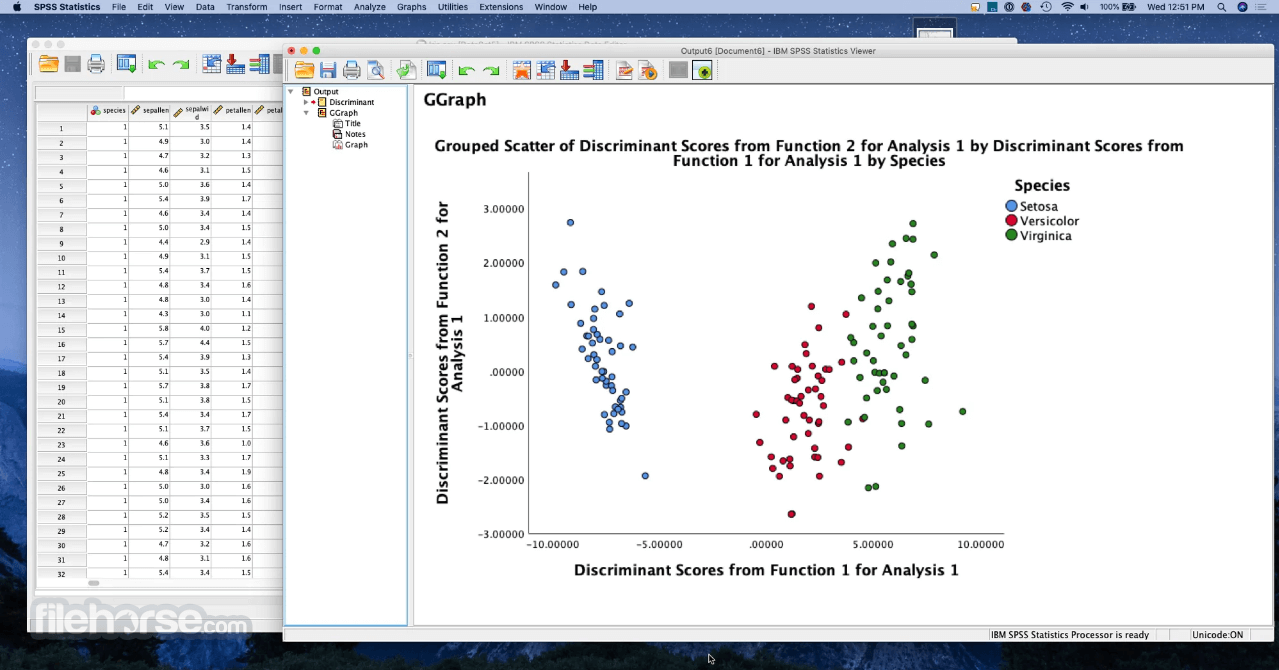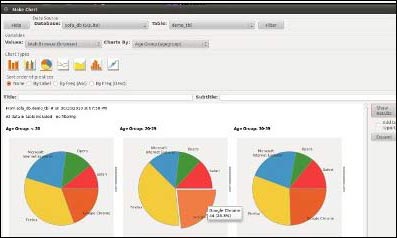
Despite its lack of availability and support and the difficulty of running the application on Mac computers current in 2009, StatView still has some loyal users. (This does not appear to actually be the case, the only method on Windows 7 appears to be using XP Mode.) It appears to run without issue in Windows 8 under Classic Shell. Statview 5.01 for Windows runs without issue on Windows XP, Windows 7 Home and Pro, both 32- and 64-bit systems. StatView 4 also became available for PCs. For example, multiway repeated-measures factors could be included in ANOVAs, with the only limit being the memory allocated to the application. This lack of immediacy was compensated for by an increase in the number of statistical tests that could be performed and in the power of existing tests. In StatView 4, the user approach changed from touching the to-be-analyzed data in the spreadsheet to clicking on column names in a separate window. It included ANOVA with one repeated-measure and, remarkably, a factor analysis. StatView 2 was called StatView SE + Graphics. As of 2014, it still runs under OS 10.7.5 emulation using Basilisk II.
#Stats software for mac mac os#
The application continued to run under Classic emulation with Apple's Mac OS X, but could not run on Intel Macintoshes. It was then bought by SAS which discontinued it in favor of JMP. StatView 3 to 5 were distributed by Abacus Corporation. It grew up with the Macintosh, changing owners along the way.

StatView was initially distributed by BrainPower Inc from California. Contents of the analysis window could be copied either as text or as a PICT.
#Stats software for mac how to#
The user then had to choose from another menu how to view the regression in a separate window, either as a table, in which case the regression equation and ANOVA were displayed, or as a scattergram, in which case a graph of the data and the regression line were shown.
#Stats software for mac Pc#
By designating number of years using a PC as an x variable and IQ as a y variable, the user could then choose from a menu to perform a regression. Then the user used the application's menus to choose descriptive statistics or inferential statistics.įor example, a user's spreadsheet might contain columns for names of a participant in a survey (a string), sex (a category variable), IQ (integer), and years using a PC (real). To calculate statistics, a user clicked on particular column headings, designating them as an x value and one or more y values. Category data were used to perform inferential statistical tests such as t tests, ANOVAs, and chi square tests. Category data looked like strings (e.g., a column headed "sex" would have entries of "male" and "female", but these were coded by the application as integers).

Columns had informative headings rows were numbered.

A user saw a spreadsheet of his or her data, comprising columns that could be integers, long integers, real numbers, strings, or categories, and rows that were usually cases (such as individual people for psychology data). StatView was one of the first statistics applications to have a graphical user interface, capitalizing on the Macintosh's.

StatView is a statistics application originally released for Apple Macintosh computers in 1985.


 0 kommentar(er)
0 kommentar(er)
